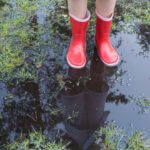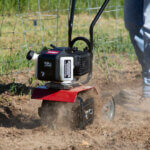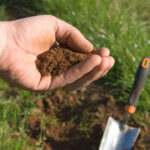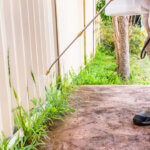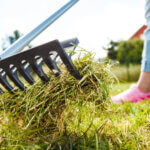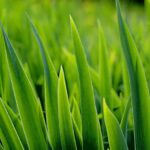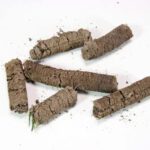The Right Warm- and Cool-Season Grasses for Every Environment
No species of grass can thrive everywhere, so it is important for the health and vibrancy of your lawn to pick a warm- or cool-season grass with your local climate in mind. And if you live in the area where north and south meet, don’t worry — there are a number of transition zone grasses Read more…


